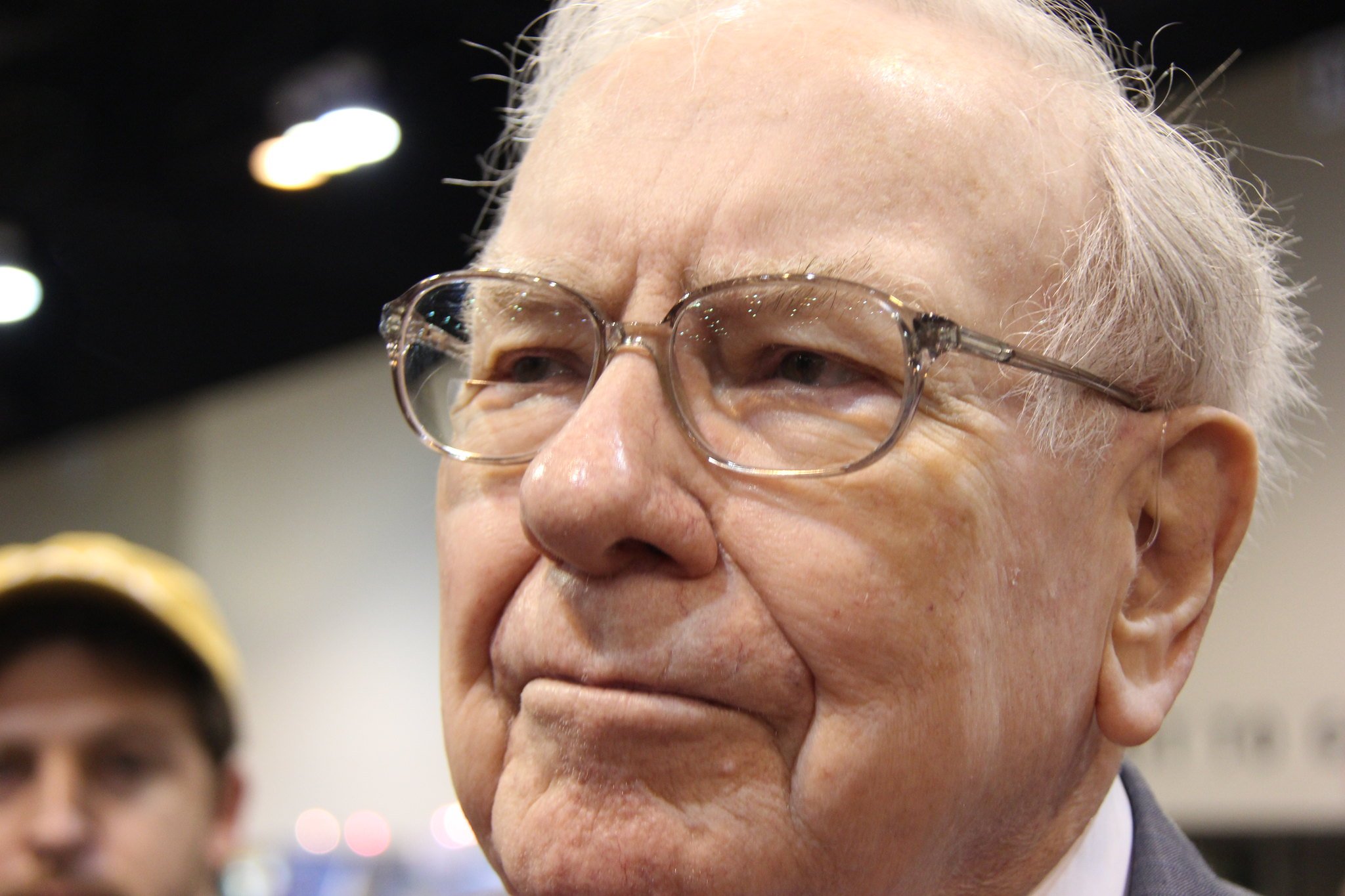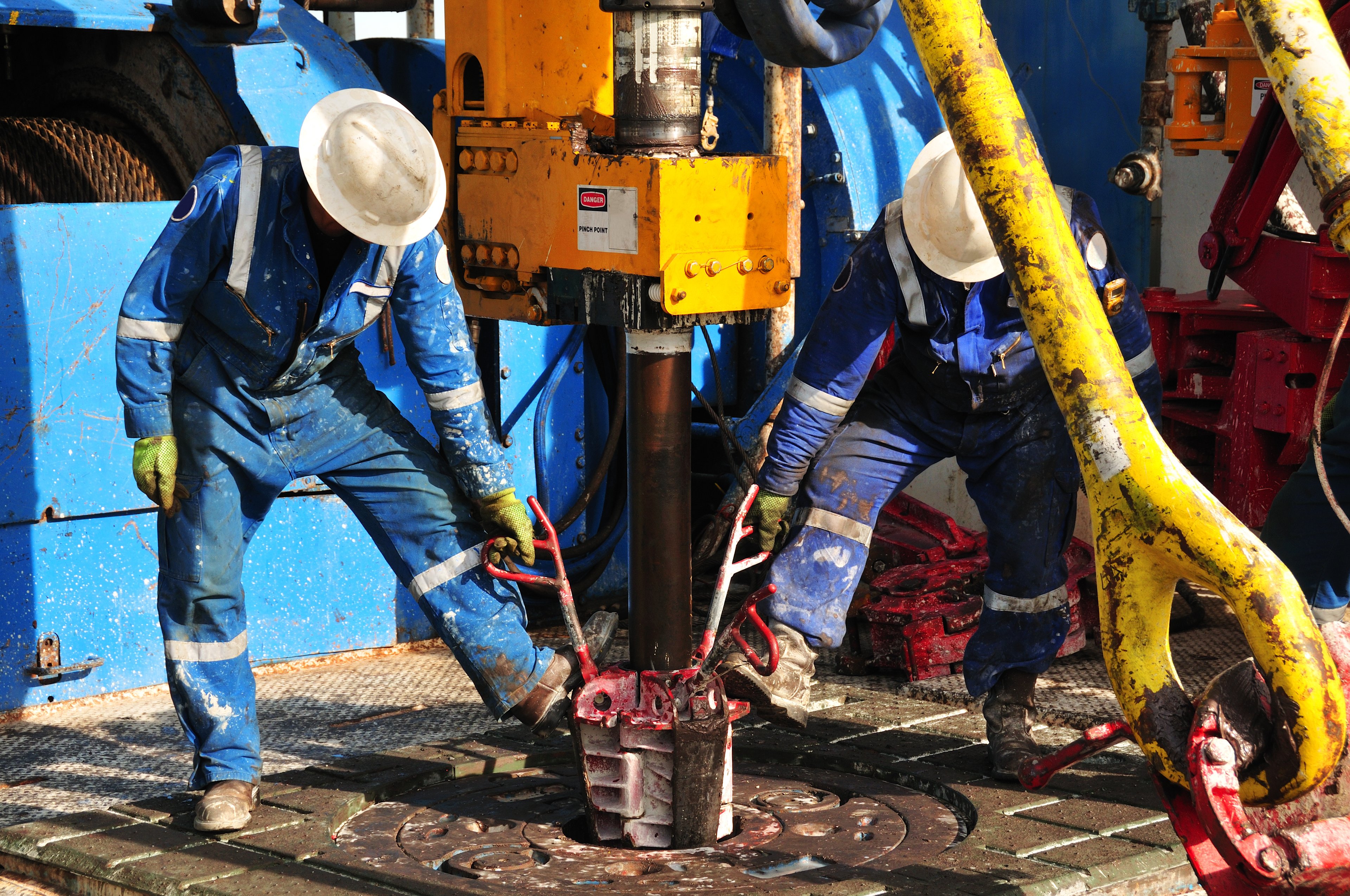Comparing Chevron (CVX +1.84%) to Pembina Pipeline (PBA +1.16%) might come across as one of the more unexpected energy matchups. That's because Chevron is one of the largest integrated oil and gas titans, whereas Pembina Pipeline is mostly a Canadian midstream company.
But don't let their differences fool you. Over the past five years, Chevron's stock is the best-performing integrated oil and gas supermajor out of a cohort of six companies. Similarly, Pembina's stock is the second-best-performing out of 10 of the largest North American pipeline stocks, but the No. 1 performer over the past three years. Both companies have been crushing it, but which one is the better buy?
Chevron's efficiency
Although not the largest supermajor, Chevron has separated itself from the pack with its efficiency. In Q2 2019, Chevron had announced average cash flow breakeven at just $51 a barrel, the lowest of any supermajor. Chevron also flashed the lowest net debt ratio at 13.5%, and industry-leading earnings per barrel (EPB) of $2.66 for its downstream business. Although current earnings per barrel appear strong, Chevron has recently sold off large portions of its downstream business, leading to some uncertainty down the road.

Image Source: Getty Images.
Upstream, upstream, and more upstream
The upstream side of oil and gas, exploring for, drilling, and producing from wells, is more profitable than downstream, which is why Chevron has been positioning itself as a major upstream player. Chevron has targeted the Permian basin, the largest U.S. oil and gas producing region, as its primary upstream growth driver. The Permian fits perfectly into Chevron's goal to build a nimble upstream portfolio. "Our investments are anchored in high-return short-cycle projects, with more than two-thirds of spend projected to realize cash flow within two years," said Chairman and CEO Michael K. Wirth in a December 2018 press release.
Chevron is firing on its $20 billion capital and exploratory budget for 2019, of which $17.3 billion had been allocated to upstream alone. Aside from the Permian, another major investment project includes the mature Tengiz oil field in Kazakhstan, giving Chevron exposure to investments other than U.S. shale plays. Apart from Tengiz and Chevron's offshore projects, which are conventional drilling plays, Chevron's new investments in shale are all about capitalizing on projects early to generate cash flow as soon as possible.
To prove it, average production out of the Permian between Q3 2018 and Q3 2019 increased by 117,000 barrels of oil equivalent per day (BOE/D) to 455,000, a nearly 35% increase.. Permian production now makes up nearly half of Chevron's U.S. net oil-equivalent production, which averaged 934,000 barrels per day in Q3, up 103,000 barrels from a year earlier. Chevron is reallocating its upstream portfolio to target shale and tight properties in the Permian Basin, Appalachia, and emerging markets such as Vaca Muerta in Argentina, and divesting from mature conventional plays like the North Sea.
Prudence and ambition
Pembina's balance of prudence and ambition is a rarity among energy stocks and dividend stocks alike. For most of its history, Pembina was focused on simply operating the Pembina pipeline to deliver oil from the Pembina field to Alberta's capital, Edmonton. Starting in 1991, Pembina patiently but deliberately started expanding its business across Alberta. Now, Pembina dominates the Canadian province of Alberta through an integrated system of pipelines that transport various hydrocarbon liquids and natural gas products.
Pembina has successfully integrated its business to include nearly every stage of the midstream value chain. Over time, Pembina has grown to also own gas gathering and processing facilities, oil and natural gas liquids infrastructure, logistics businesses, and export terminals, and is currently constructing a petrochemical facility to convert propane into polypropylene. For those unfamiliar with the midstream business, Pembina is essentially making money on other factions of the natural gas business, not just building and operating pipelines.
Further integration efforts came in late August when Pembina agreed to buy Kinder Morgan's (KMI +1.22%) U.S. portion of its Cochin pipeline and its 70% stake in Kinder Morgan Canada Limited for CA$4.35 billion (US$3.27 billion) in stock and cash. This acquisition expands Pembina's footprint in Alberta and British Columbia, adding further integration in its existing market while paving the way for export market growth.
Major oil and gas companies, such as Royal Dutch Shell, have set their sights on Western Canada as a potential market for exporting liquefied natural gas (LNG) to eager buyers in Asia. Pembina's Alberta infrastructure, along with strategic gains in Vancouver from its recent acquisition, positions Pembina perfectly as a pipeline operator and supplier to future Western Canada projects.
Take your pick
Chevron and Pembina both offer dividend yields that are more than double the average yield of the S&P 500. Chevron currently yields 4% compared to Pembina's 5% yield. Like their dividend yields, the stocks are virtually in a tie. Chevron is over 10 times the size of Pembina but has proven it can generate growth and outperform its competitors. Pembina has emerged to become one of the larger Canadian pipeline companies by further integrating its Alberta operations. Both stocks benefit from existing tailwinds and are poised for future growth, garnering them worthy of investment consideration.






